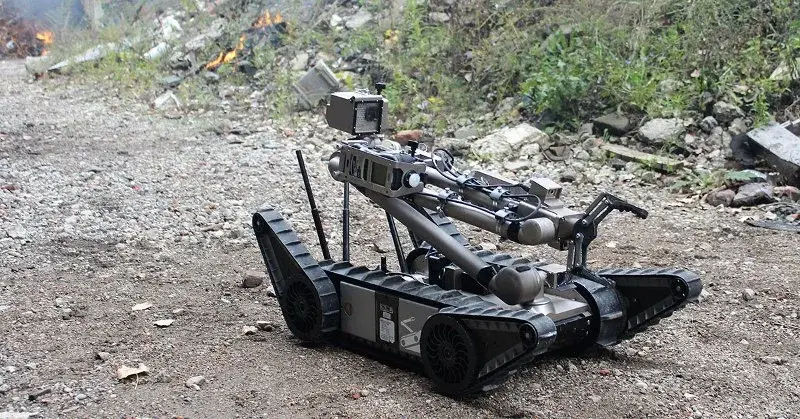Robotics For Multi Terrain Applications...
Autonomous solutions for multi-terrain systems involve developing vehicles and robots capable of navigating diverse environments autonomously, using technologies like AI, sensor fusion, and advanced path planning, enabling applications in construction, mining, agriculture, and more.
Here's a more detailed breakdown:
Key Technologies and Approaches:
- AI and Machine Learning:
AI algorithms are crucial for enabling vehicles to understand and adapt to complex, unstructured terrains, including object recognition and obstacle avoidance. - Sensor Fusion:
Combining data from various sensors (cameras, lidar, radar, GPS) allows for a comprehensive understanding of the environment, even in challenging conditions. - Path Planning and Control:
Algorithms are used to plan safe and efficient paths, taking into account terrain, obstacles, and dynamic conditions. - Simultaneous Localization and Mapping (SLAM):
Enables vehicles to navigate environments without relying on GPS, even in areas with poor or no GPS signal. - Autonomous Navigation:
Systems are developed to allow vehicles to navigate unknown or dangerous terrain to reach their destination safely. - World Modeling:
Creating a highly accurate model of the environment using sensor data, which can be accessed and updated by other autonomous vehicles.
Specific Applications:
- Construction and Mining:
Autonomous haul trucks, excavators, and dozers can improve safety and efficiency on construction sites and in mining operations. - Agriculture:
Autonomous agricultural vehicles can perform tasks like planting, harvesting, and spraying, reducing labor costs and increasing productivity. - Military and Surveillance:
Autonomous all-terrain vehicles can be used for reconnaissance, security, and search and rescue missions. - Off-Road Autonomy Stack:
VAAVA-AUTONOMY,has developed an "off-road autonomy stack" designed to navigate complex, unstructured terrains. - Multi-terrain Multi-utility robot (MTMUR):
A hybrid locomotion amphibious robot capable of moving over different terrains, including ground and water. - Autonomous platooning:
Multiple ground vehicles can be coordinated to move safely and efficiently in rough terrain

Enhance Your Experience with us...
To help organizations navigate these challenges, VAAVA-AUTONOMY provides a robust off-road autonomy stack that can run on production hardware and navigate in real environments. The technology has been designed by a team of experts who understand both the latest machine learning (ML) techniques and the constraints of rugged environments. The stack consists of separately factored modules that can be individually integrated into a customer’s robotics system.
VAAVA-AUTONOMY's newest offering includes software capabilities such as:
- Simultaneous localization and mapping: Enables a vehicle to understand rough, unstructured, and unmapped environments without requiring a consistent or accurate GPS signal.
- Perception and object tracking: Provides a high-fidelity holistic view of surrounding environments in real time, including semantic understanding and 3D geometric modeling, for both static terrain and dynamic objects.
- Sensor fusion and calibration: Collects data across multiple modalities using both traditional geometric and cutting-edge ML methods.
- Planning and controls: Navigates the vehicle along a safe and efficient path that avoids rollover, entanglement, and collision using an approach that is proven across multiple vehicle types and models.
VAAVA-AUTONOMY's off-road stack works with the company’s base software platform, while supporting third-party integrations, secure environment testing and data management. Organizations can also use the off-road autonomy stack in conjunction with VAAVA-AUTONOMY's definitive ADAS/AD toolchain for simulation-driven development